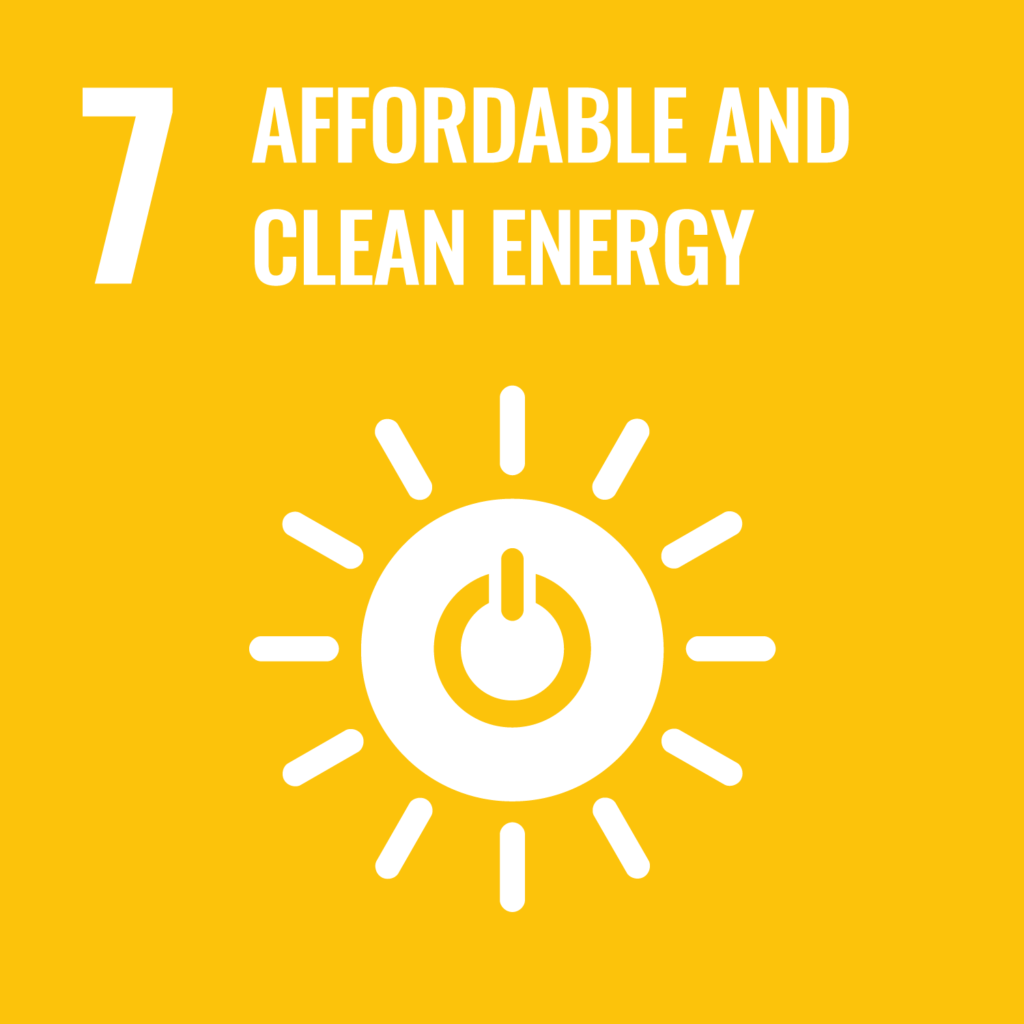Challenge Question
PIP*: How might we assist students & classes across Canada in measuring the carbon impacts of their sustainability Action Projects?
Partner: Learning for a Sustainable Future

*PIP Partner Intensive Project: This project has goals and parameters that are driven by the designated project partner. It is expected that the student team will work closely with the partner and engage in regular, synchronous collaboration throughout the duration of the course.
Project Summary

Learning for a Sustainable Future supports Canadian students in implementing youth-led sustainability Action Projects – which may include anything from planting a school garden to starting a vermicomposter in the classroom, to running a community-wide climate change awareness campaign. However, quantifying the actual measurable impacts of these projects in terms of carbon footprint is often a challenge. Youth have been on the front lines of contributing to climate action and their projects have noted educational and personal benefits for students, as well as measurable sustainability impacts, but the specific GHG reductions of these Action Projects have not yet been meaningfully quantified.
A student-friendly GHG measurement tool is needed to help Learning for a Sustainable Future assess its collective impact as an organization, provide students with tangible results for their Action Projects, and help steer students towards developing the most impactful climate actions. Although existing Carbon footprint calculation tools exist, they are sometimes difficult to adapt to the context of student-led projects.
The research team for this project will develop a diagnostic tool able to be applied to a range of potential project areas such as planting (trees, native species, food), food (growing, consuming, disposing), waste (landfill, compost, recycling, plastics, reusable items, diverting), transportation, water, energy, etc. A simple and comprehensive tool that accounts for provincial/regional variability and covers a wide range of potential focus areas is needed and the tool should allow students to indicate their location, the specific activities undertaken; and their results (e.g. number of people changing a behaviour, kg of food waste diverted from landfill, hours of electricity saved, km of driving avoided, etc.) in order to understand the carbon impact of their initiative in simple terms they can understand (e.g. the equivalent of # of trees planted, or another contextual measure).
This practical tool has the opportunity to yield a variety of benefits including helping students better understand the impact of their Action Projects and plan strategic actions; allowing students to feel connected to the broader initiative related to emissions reduction in Canada and globally; easing student “eco-anxiety” through the visualization of the concrete results of their behavioural changes, and help Learning for a Sustainable Future steer students towards more impactful actions while assessing the organization’s collective impact in Canada. The research team for this project might be composed of individuals with interests or specializations in the areas of environmental studies, environmental engineering, sustainability, digital design, social studies, urban studies, and education.
Want to learn more? Click here!Sustainable Development Goals


Organizational Profile

Founded in 1991 by a diverse group of youth, educators, business leaders, government and community members, LSF is a non-profit Canadian organization that was created to integrate sustainability education into Canada’s education system. LSF’s mission is to promote, through education, the knowledge, skills, values, perspectives, and practices essential to a sustainable future. LSF’s goal is to work together with educators, students, parents, government, community members and business leaders to integrate the concepts and principles of sustainable development into education policy, school curricula, teacher education, and lifelong learning across Canada.
Key Words

- Environment
- Sustainability
Partner Website

Learn more about the kind of work the project partner does by browsing their website.
Visit partner website